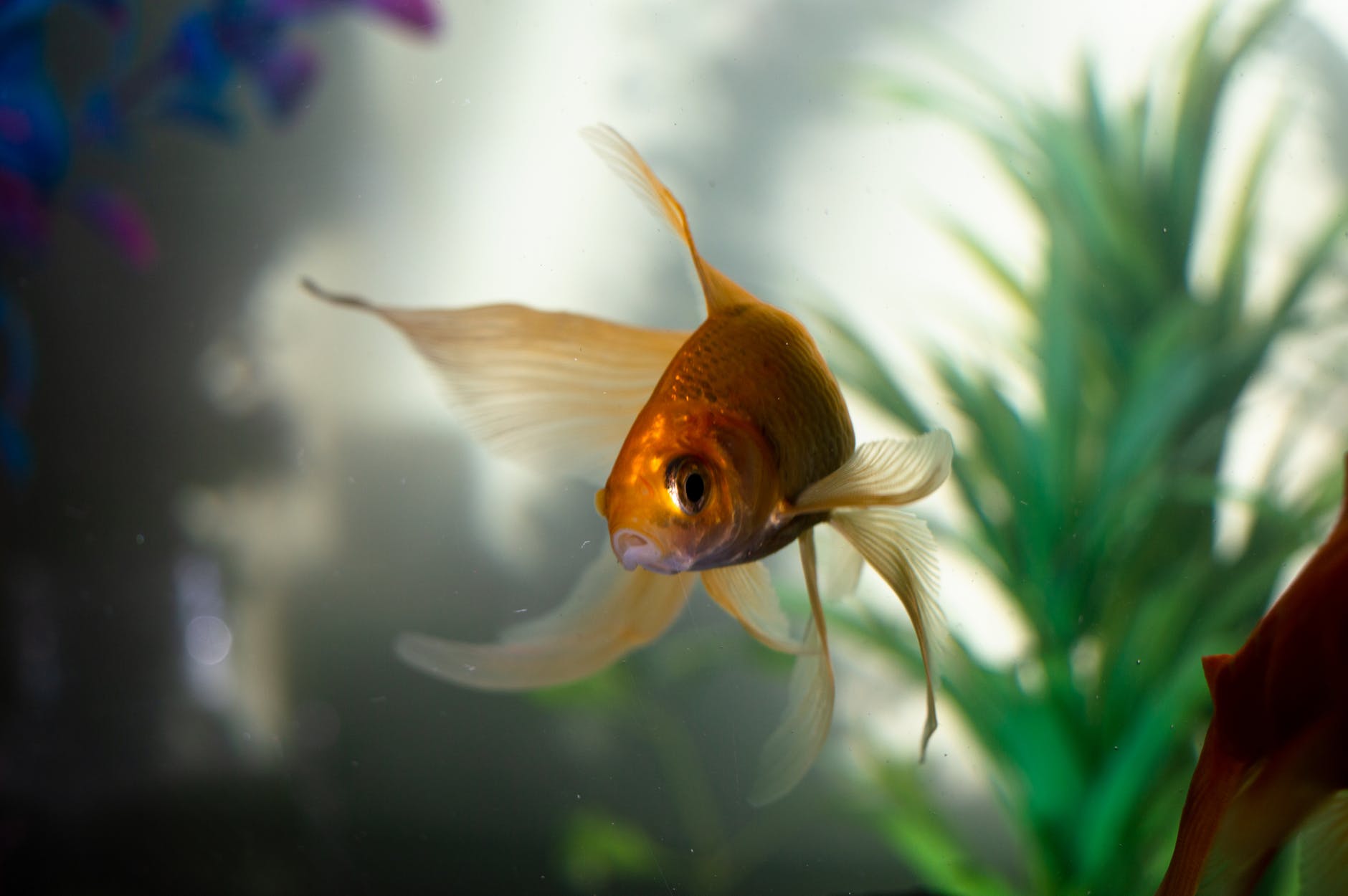It’s a smart idea to keep a well-maintained aquarium, but that does not mean it will be completely free of algae. In reality, there’s always a small amount of some form of algae even in the best-maintained aquarium.
Some of them are good signs of sufficient nutrient amounts and appropriate light intensities. However, an excess occurs when this balance is shaken or there’s excess micronutrient present in the aquarium compared to the amount your plants actually need.
Most times, an excess of phosphorus arises. No wonder phosphorous is the major component in the smell of algae. The condition is then dominated by thallium organisms, which start to grow faster in the presences of excess micronutrient. As a result, algae inhabit the tanks, and their growth rate will largely depend on the control measures you put in place. A good idea is to always prevent the growth of algae before they even start to develop.
Discover the different types of algae, signs of development, and how to control algae before they dominate your aquarium.
Brown algae
Brown algae are possibly the first kind of algae you’ll come across in your fish tank. They start to appear very early but disappear as the aquarium stabilizes only to come back more mature soon after.
Brown algae manifest in the form of a spot or feather-like appearance on rocks, plant leaves or glass. It is therefore advisable to keep low nutrient levels unless you’re looking to have a complex plantation set up. Here’s where to learn more about growing aquarium plants for your fish.
Brown algae experience optimum growth in low light conditions, therefore increasing light intensity (and not reducing it) could help get rid of them. In the event you spot brown algae in your established tank, you’ll need to scrutinize and probably replace all your water parameters and lighting tubes older than 8 -12 months because they’ll have lost their intensity. But you can make tube changes every six months to ensure proper lighting in your tank.
Potential causes:
- Low light levels
- Poorly kept aquarium/filter
- Worn out Light tubes
- High amounts of nitrates
- High amounts of phosphate due to overfeeding
Possible remedies:
- Increase the intensity and duration of light
- Replace the tank water regularly
- Exchange all worn out light tubes
- Clean your filter
- Cut-back nitrates to below 20ppm
Green hair algae
Green hair algae are the most common type of all strains you are likely to encounter in your aquarium. Green hair algae can take many forms, so you should be looking for any of these signs; spots, or bushy, or hair-like appearance. They are light green and stretch to around1 inch in length. Green hair algae are a troublemaker if left to flourish. In most cases, it grows in thickets that you can easily scrape off. But it also reappears very fast.
Potential causes:
- High light intensity
- Low levels of CO2
- Low nitrate levels
Possible remedies:
- Reduce the intensity of the lighting
- Add to your tank nitrate levels
- Increase the aquarium’s CO2
Black red rush algae
This type can be found around filters, on bogwood, or the leaf tips of slowly growing plants. They manifest as fine red or black tufts and grow in clusters of up to around 0.5cm long.
Potential causes:
- Extremely low or changing levels of CO2
- It may also be a sign of a high kH
Possible remedies:
- Boost up the supply of CO2, preferably to 30ppm
- Improve the circulation of water around the plants
- If your tank is low-light, reducing water replacements for some time may be a good idea
- Oversupply the excel to keep stable CO2 stable
Blue-green algae (cyanobacteria)
The blue-green is not really an alga but a form of bacteria. It grows everywhere, covering all in a blue-green slimy layer and produces a foul smell. While the sheet is easy to peel off, the algae are bound to grow back very soon. You are most likely to find it in the substrate and most times along the line where the glass meets gravel, but it sometimes develops at the back part of the tank.
Potential causes:
- Poor circulation of water
- Shallow level of nitrates or Excess amounts of other nutrients
- Dirty filters and substrates could also cause it
Possible remedies:
- Monitor water parameters and ensure circulation to reduce the development of this algae
- Try a blackout if everything else fails. Cover your tank for a week or so.
- As the final resort try “erythromycin” but take great care as it will harm the good bacteria in the filter. Thoroughly vacuum the substrate during water replacements
Green spot algae
Green spot algae manifest as hard green circular spots on the surface of plant leaves or glass.
Potential causes:
- Low amounts of CO2 and low Phosphate (PO4) levels
- A too long duration of lighting
Possible solutions:
- Monitor CO2 amounts
- Be careful not to overfeed
- Reduce lighting durations; 8 to 12 hours is sufficient lighting time for plants
- Monitor PO4 levels
- Scrap it off the glass with a magnetic glass scraper or razor blade
Staghorn algae
The, like its name suggests, grows in strands to mimic a stag’s antlers. It appears in black to green/grey colours and sometimes manifests as a reddish tint.
Potential causes:
- Low rates of CO2
- Dirty filter
- Overfeeding of fish and too much mulm
- Dirtying substrates and not replacing water afterwards.
Possible remedies:
- Check CO2 levels
- Reduce feeding, Vacuum the substrate and remove mulm
- Overdosing Flourish Excel may help
- Clean filter and conduct regular water changes.
Wrapping Up
All these types of algae appear in your aquarium at different times and stages. Luckily, all of them are controllable or preventable depending on when you notice their growth. Plus, a close look at the above remedies highlights some important things to do if you want to avoid algae in your tank. For instance, regular water replacements, ensuring proper circulation of water, monitoring feeding levels, nitrate amounts, and CO2 levels, and controlling the intensity of light are great ways to reduce the growth possibilities of many of the above forms of algae.








Show Comments (0)